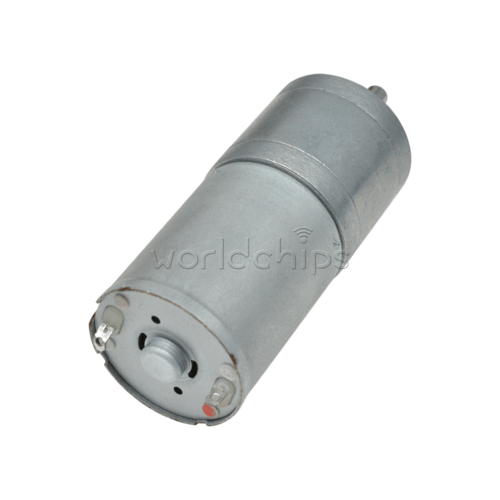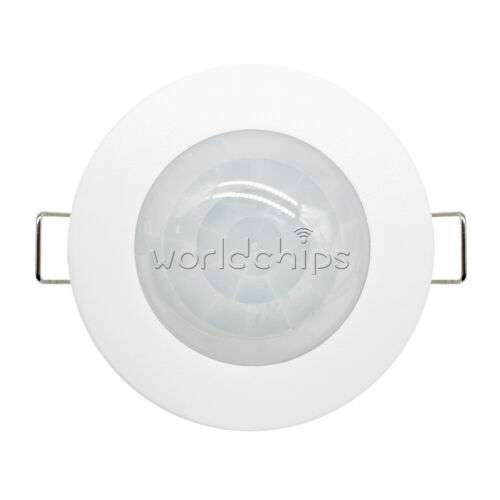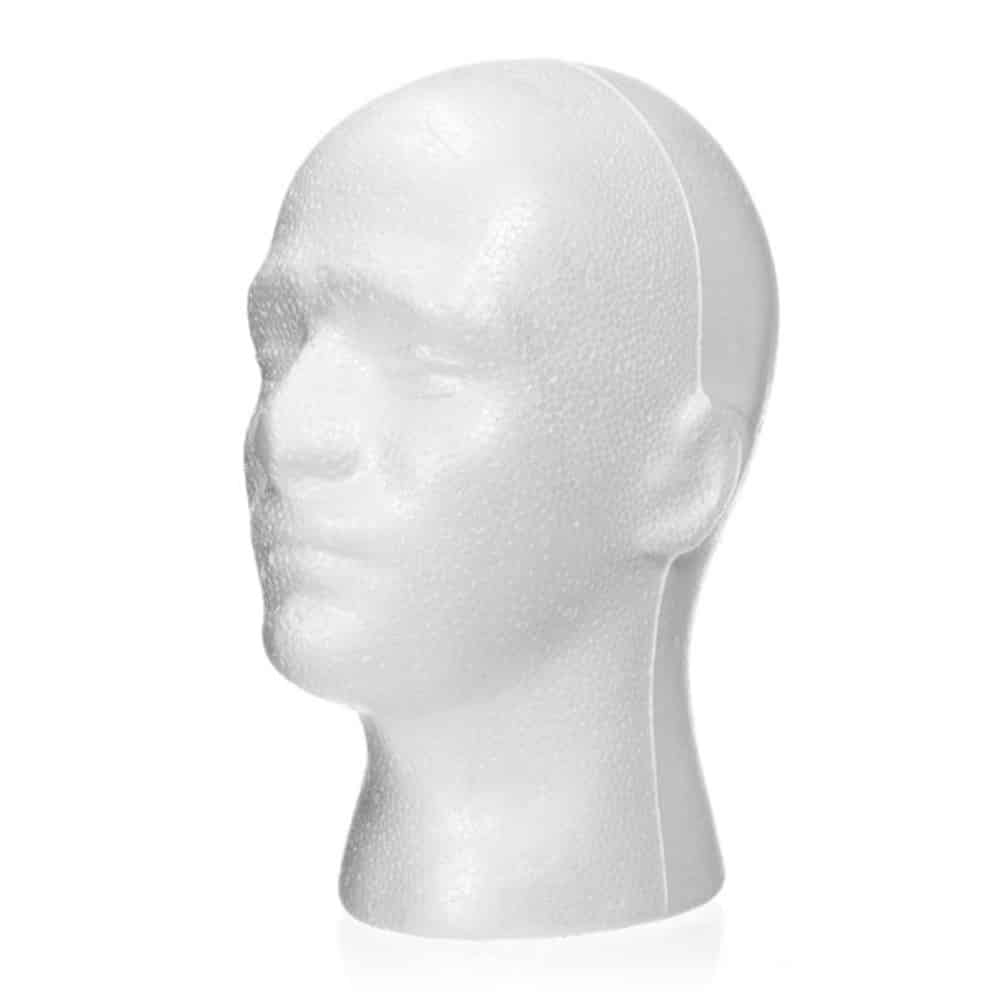




ID: 691208
SKU: c2cb2b886c58
Category: Electronic chips and boards
Tags: 30days
ATtiny85 Digispark Micro USB Development Board Module for Arduino Projects
About this item:
– For hobbyists, makers, and DIY enthusiasts
– Features: ATtiny85 microcontroller, micro USB connector, 8-pin header, onboard LED, and reset button
– Durable, open-source design
– Options: 5V or 3.3V operation, multiple I/O pins, and various programming interfaces
– Additional features: compact size, low power consumption, and intuitive programming interface
₹1768
On preorder
Delivered in 30-60 days
On Pre-Order
Guaranteed Secure
- Guaranteed delivery
- Fast shipping
- PAN India shipping
- 100% Secure payment
- Regular orders dispatch in 48 Hours
- Pre-orders dispatch in 30-45 days
- Returns accepted
- Fast refund process
- 24/7 customer support







